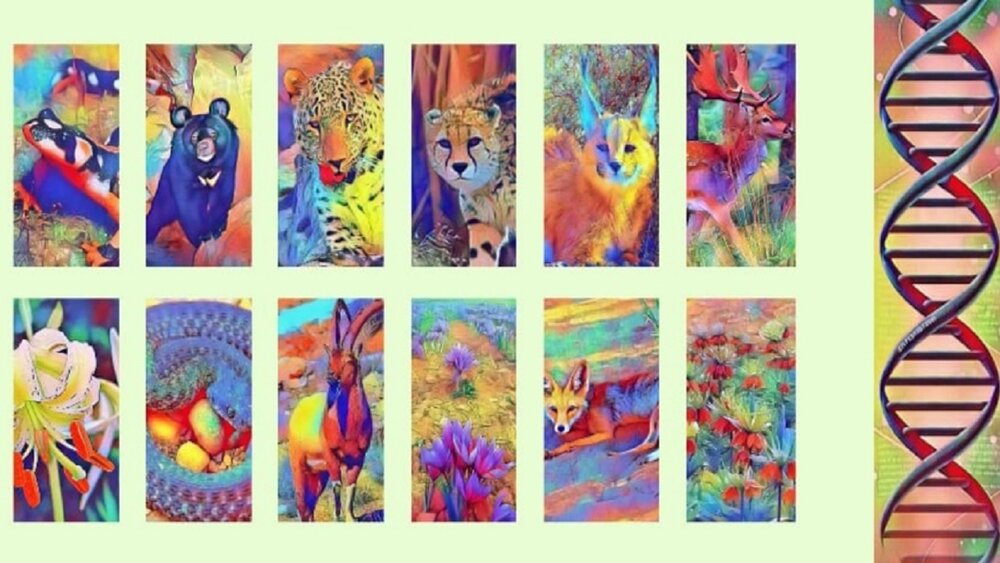Wildlife genetic resources system to be launched

TEHRAN – A system of wildlife genetic resources will soon be set up to properly exploit these valuable resources, Mohammad Medadi, head of the National Museum of Natural History and Genetic Resources, said.
With the development of new methods, biological research is carried out through genetic studies, and biobanks are used to store specimens for review in research projects, which reduces the sampling from alive species and nature, he explained.
The most complete collection of wildlife genetics includes 45,000 scientific samples and 3,000 biological samples belonging to the National Museum of Natural History affiliated with the Department of Environment (DOE), which has been set up in Tehran and 6 provinces and has biological samples including tissue, blood and etc.
According to Medadi, DNA extraction from natural species is used in biological studies; These samples are stored from different types of wildlife in the country, most of which are related to species damaged in incidents.
By launching a genetic storage system, researchers can easily use this information, he said.
About 1,300 species of vertebrates, including mammals, birds, reptiles, and fish, as well as 30,000 species of invertebrates, and 8,000 species of plants have been identified in the country. According to the Law on Management, Conservation, and Use of Genetic Resources, adopted in 2017, the DOE is responsible for identifying, protecting, and monitoring the exploitation, access, and management of wildlife genetic resources.
The most important component of genetic resources, especially wildlife genetic resources, is the issue of biodiversity conservation. Genetic diversity is the most basic level of biodiversity conservation. Without the protection of the genetic diversity of species, the protection of biodiversity will not come true, he explained.
It is necessary to take the protection of wildlife, habitat, and biodiversity seriously in economic development and industrial activities, and the development programs should not be in conflict with the protection of biodiversity and natural habitats, he further emphasized.
Worldwide, conservation outside the habitat is a very important issue. Currently, the national wildlife biobanks are active in the National Museum of Natural History in Tehran and several other provinces, he noted.
The world's genetic resources have now become countries’ strategic resources due to their vital role in health, economy, food security, and biodiversity conservation.
The diversity of plants, animals, and microorganisms in each country is a rich source in the field of food. Proper utilization of these valuable resources, identification, maintenance, and protection of them in suitable habitats and even outside standard habitats is an important aspect of food security, he also explained.
Using genetic resources in medicine and vaccine production as well as the diversity of human genetic resources is an important component of health security according to modern medical approaches, he further highlighted.
Persian species in danger
Iran has a high diversity of species due to geographical conditions, climatic diversity, huge water resources of the Caspian Sea in the north and the Persian Gulf, and the Sea of Oman in the south.
According to the latest studies, about 1,300 species of vertebrates, including mammals, birds, reptiles, amphibians, and aquatic fish, about 30,000 species of invertebrates, and 8,000 species of plants have been identified in the country.
Unfortunately, over the past two decades, human activities have led to alarming degradation of ecosystems, deletion of genes, species, and biological capabilities; Human threats to biodiversity have accelerated the most over the past 50 years over the entire history of human life.
Out of 1,300 species of animals in the country, 130 of which are endangered and threatened, Hassan Akbari, deputy head of natural environment and biodiversity of the Department of Environment, said in December 2021.
FB/MG
Leave a Comment